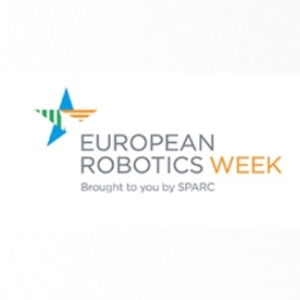
See you in Zaragoza for the European Robotics Week 2024
The European Robotics Week (ERW) will take place from 15 to 24 November 2024. Start now to imagine your events so that they are visible
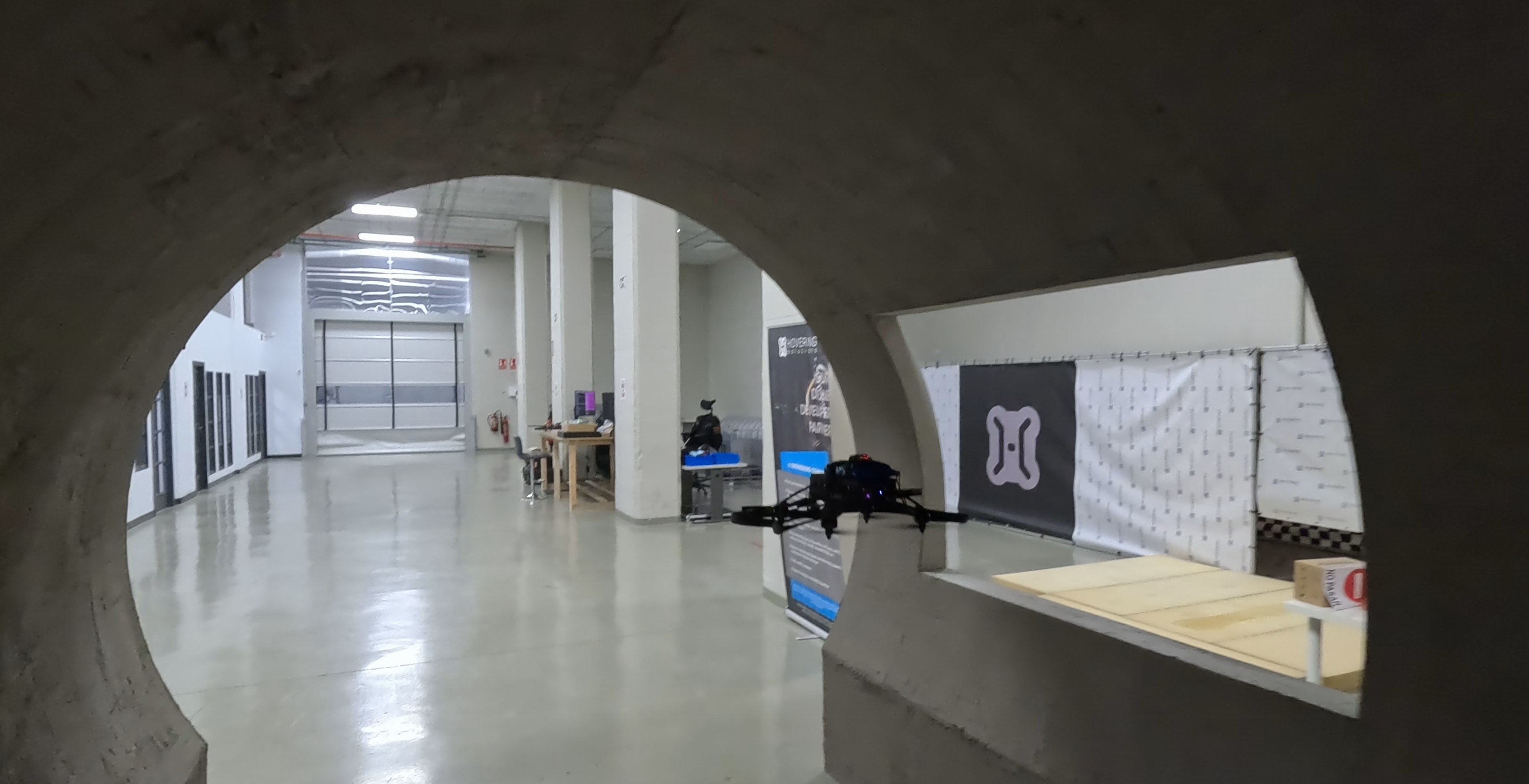
by Roberto Larcher *
REXASI-PRO is the acronym of a European Horizon Europe project which stands for REliable & eXplainable Swarm Intelligence for People with Reduced mObility.
The aim of the project is to create an engineering framework to develop solutions based on artificial intelligence that are more sustainable and reliable, with a view to trustworthy-by-construction design, where the reliability of the algorithms is considered right from the design phase. In the project, these concepts are declined on algorithms useful for the navigation of a self-driving wheelchair, which must be safe (and be perceived as such) both by the user and by the people who are moving in that same environment. It must be social navigation. This term indicates, in the world of robotics and AI, that the navigation, or movement, of autonomous vehicles takes into account the information that is gathered about what other people or objects are doing in the environment. Indeed, with the increasing introduction of mobile robots into our daily lives, it is becoming growingly imperative that these robots navigate together with people in a safe and socially acceptable manner, particularly in shared spaces.
The framework developed in REXASI-PRO will be demonstrated in the collaboration between an autonomous wheelchair and flying robots (drones, see picture in the cover photo and below, by Hovering Solutions), a system dedicated to persons with reduced mobility; the methodology will certify its robustness.
The flying robots will be equipped with bias-free machine learning solutions for the detection of people, which are reliable solutions even in case of an emergency. In this way, REXASI-PRO will make artificial intelligence solutions more environmentally friendly.
The website https://rexasi-pro.spindoxlabs.com/ gathers information on the project, the partners and the main progress of activities, including use cases, the cases where the system will be applied.
REXASI-PRO is coordinated by SPINDOX Labs, of which I am a member, and comprises a rich partnership of 11 partners from Italy, Germany, UK, Spain, Switzerland and Belgium.
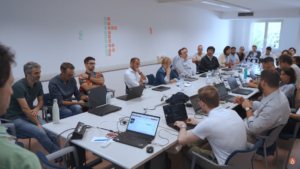
The REXASI_PRO partners during the General Assembly 2023 in Trento (the Author is the second on the left)
Originality and novelty
The REXASI-PRO project develops several elements of originality, even when analysing other similar proposals and other research in the field of Trustworthy AI, reliable and safe AI. Today, AI is applied in many fields, for instance in the medical sector, in manufacturing, especially when autonomous machines interact with humans directly. The case of a wheelchair that supports a person with reduced mobility by working alongside other technological means to help them in their daily experience is a strong point that allowed us to get extra points in the evaluation compared to other proposals. It was the originality of the theme and its application.
The other original aspect, in my opinion, is the ongoing collaboration with the Italian Consultant Scuola di Robotica (School of Robotics) which has had years of experience in research and studies on ethics applied to robots, autonomous machines, and AI applications. Thanks to this collaboration, the entire partnership can discuss the ethical and reliability aspects of the Human Machine Interaction – the user and the people in the environment -, throughout the whole project, thus allowing to design a more organised direction to the overall development of the project and the Machine Learning elements, compared to other projects and research where the ethical aspects of robotics and AI are handled in a discontinuous manner and with less specialisation on the subject.
The interaction and discussions we had on the ethical aspects with Scuola di Robotica raised all the partners’ awareness of the importance of the ethical requirements, the ethical needs with respect to the user and the humans who populate the environment in which the wheelchair user lives, improving sensitivity on several points and making us, who are the REXASI-PRO Coordinators, modulate all the actions. For example, Work Package 6, the one in which the orchestrator is mainly developed, was definitely aimed at optimisation, i.e. looking for solutions that would have the least possible impact on the environment. After analysing the situation from an ethical point of view, we realised that the orchestrator’s part could also be fundamental to spread among the various components of the system, and the humans who interact with the REXASI-PRO, the information necessary to have a greater understanding of the system and the choices that it makes thanks to its classical and artificial intelligence algorithms. The role of the orchestrator as a reference point for the human to give an interpretation of what is happening in the system stems precisely from the interactions on ethical issues that we have had with Scuola di Robotica and all the partners.
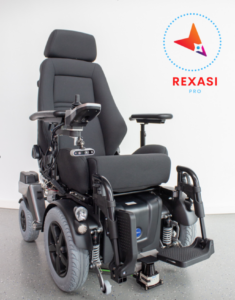
Partners for a complex system
The complexity of the project lies in the fact that each technological aspect requires its own focus, but that each aspect must then come together in a unified action. That is the reason why one of the qualities of REXASI-PRO lies in the Partnership. Each partner brings skills and theological components that are very useful to the project, and all of them are well aware of the direction to take to improve what is already their expertise. In the first months of the project, an important task was to find the objective that was common to all partners. In fact, at the beginning everyone was clear about what they were going to do with their own technology, but it was necessary to find an overall design that would put them together and make it even more comfortable to use the system – which from the user’s point of view is only the wheelchair – but it needs the contribution of all the other systems to ensure the benefits for the user and the people who are with him/her or in the environment.
From this point of view, a great deal of effort was also put into the system analysis and safety analysis part in order to understand what the criticalities were if one or a few of the components – for example, if only the wheelchair – were taken into account.
Important was both the analysis of the user’s needs with regard to the wheelchair – which, even after the conclusion of the project, is intended to become a product that will find its evolution even without the overall system – and the identification of scenarios where the intervention of the entire system is required to increase the safety of the user, the people around and the environment.
Contributions from the automotive field
The REXASI-PRO system has two aspects. A purely technological one concerning the wheelchair and its development of data perception and processing, and the implementation with respect to the choices of algorithms that drive and move the chair. In this case, we connect to research on autonomous vehicles, as the layers of acquisition, processing and implementation of results are similar to those used in autonomous automotive. Obviously, the safety issues in our case are scaled down given the mass and top speed of the wheelchair, both of which are much lower than those handled for vehicles in the automotive world.
From the automotive field, however, we also draw on the verification and certification aspects of Artificial Intelligence solutions. In our project, for example, we develop a part in which we will use simulation to get better training of the neural networks that manage the chair. This is useful both for collecting data and for testing the wheelchair algorithms in circumstances that are difficult to reproduce (due to cost or danger). In this we opted to use tools developed in the automotive field and adapt them to our case. We therefore rely on the extension of existing languages for the description of simulation scenarios, and we do the same with regard to the simulator needed to evolve these scenarios.
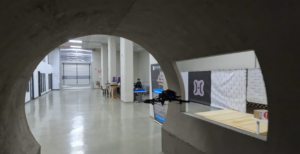
The REXASI-PRO drone in action. Courtesy of: Hovering Solutions.
Next steps
At the end of the first year, in which we have precisely defined all the requirements, we should now work towards an implementation that meets all the demands expressed in the use cases and do so by integrating all the technological components of the project. This is particularly challenging because all the technological components require numerous interactions. Given the internationality of the partnership, the opportunities for meetings and overall verification of the system will have to be carefully planned, allowing for more intensive preparation work in the immediacy of the scheduled meetings, the next of which will be in Genoa in February 2024, at the CNR headquarters where the demonstration use cases will be organised at the end of the project.
* Technical Project Leader at SpindoxLabs, the subsidiary of Spindox that manages its most innovative projects.

The European Robotics Week (ERW) will take place from 15 to 24 November 2024. Start now to imagine your events so that they are visible

A free webinar (in Italian) to talk about how to make roads and driving accessible to people with disabilities, but also about the procedures to

Are you ready to dive into the oceans with your underwater robot? The FIRST® LEGO® Italy 2024-25 will open up the ocean depths to you

The new Erasmus plus project in which School of Robotics is a Partner is a KA2, Cooperation Partnership and is called EITIC-EU: Promoting girls in
Write here your email address. We will send you the latest news about Scuola di Robotica without exaggerating! Promised! You can delete your subscription whenever you want clicking on link in the email.

© Scuola di Robotica | All Rights Reserved | Powered by Scuola di Robotica | info@scuoladirobotica.it | +39.348.0961616 +39.010.8176146 | Scuola di robotica® is a registered trademark